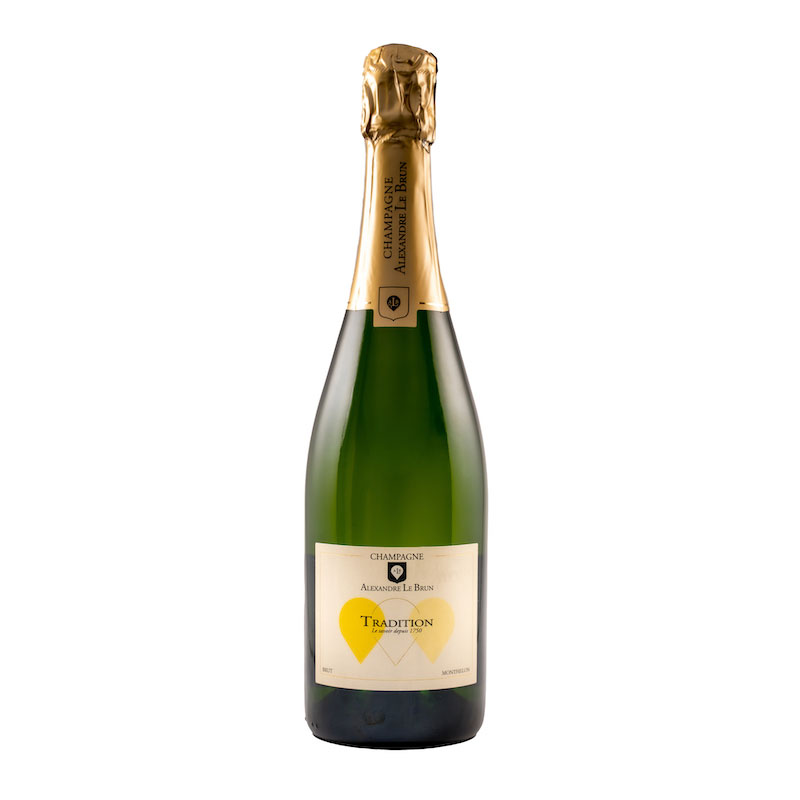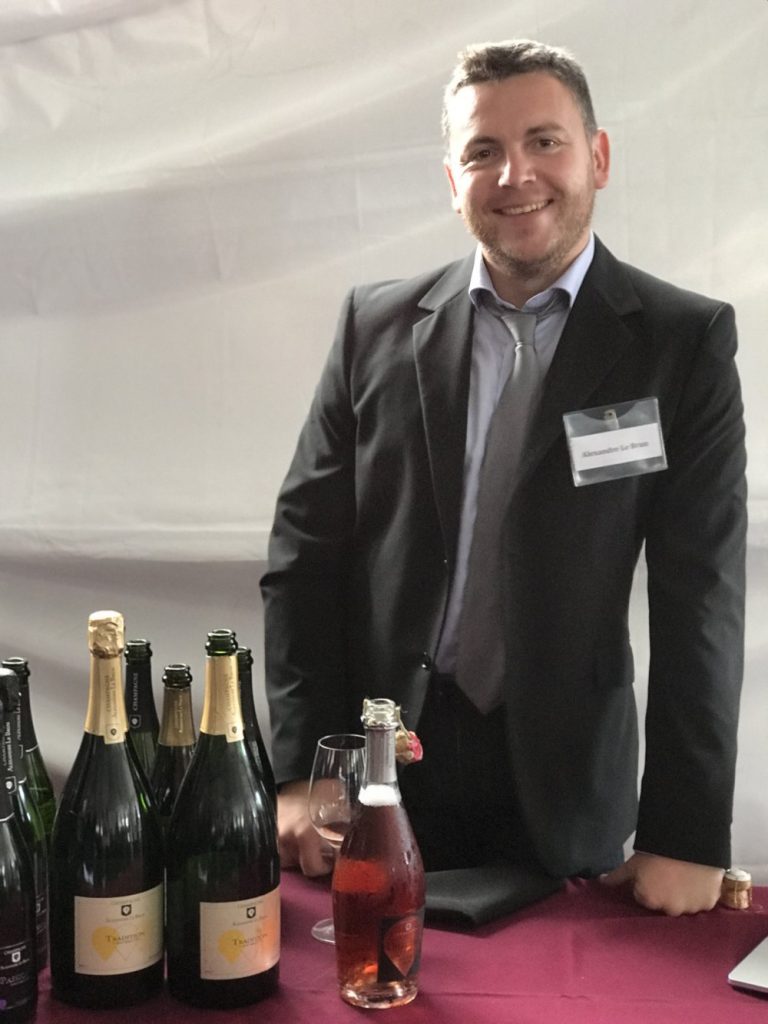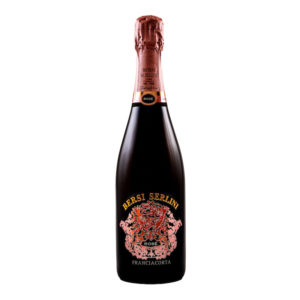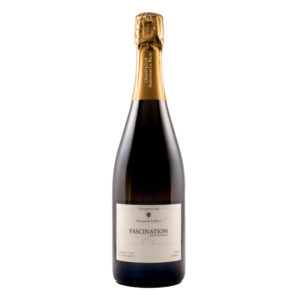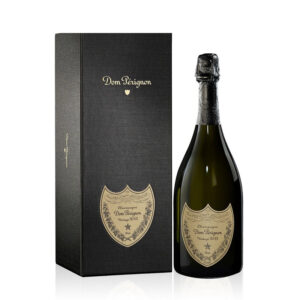| Country | |
|---|---|
| Region | Champagne |
| Grape Variety | Chardonnay, Pinot Meunier, Pinot Noir |
| Producer | Alexandre Le Brun |
| Certification | Sustainable |
Champagne Cuvée Tradition Brut – Alexandre Le Brun
£85.00
A beautiful golden yellow color, with fine bubbles and a persistent bead on the side of the glass. The nose is complex with floral, mineral, almond and candied fruit notes. Wine expresses beautiful acidity, and well balanced.
Out of stock
Colour
Gold
FLAVOURS
Floral
Stone fruit
Dried fruit
Palate
Sweetness
Acidity
Body
Mousse
Abv
12%
Serve At
6-8°
Food Pairing
Aperitif
Japan
Cheese (hard, mature)
Raw fish
